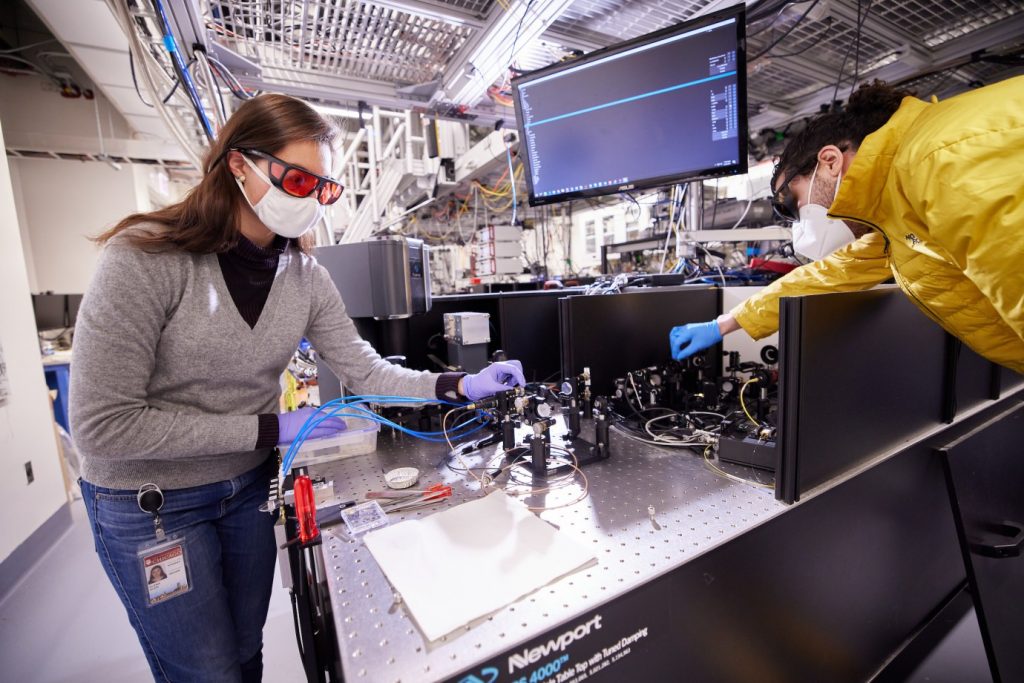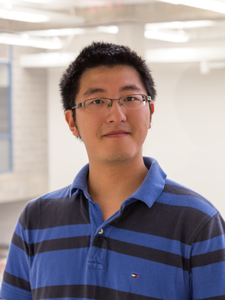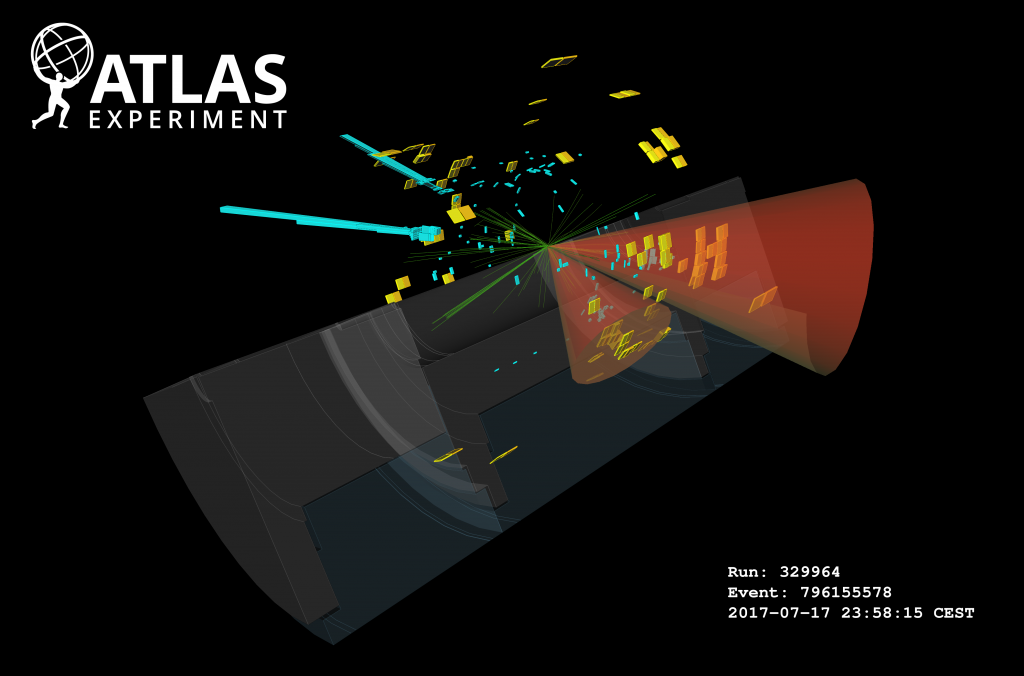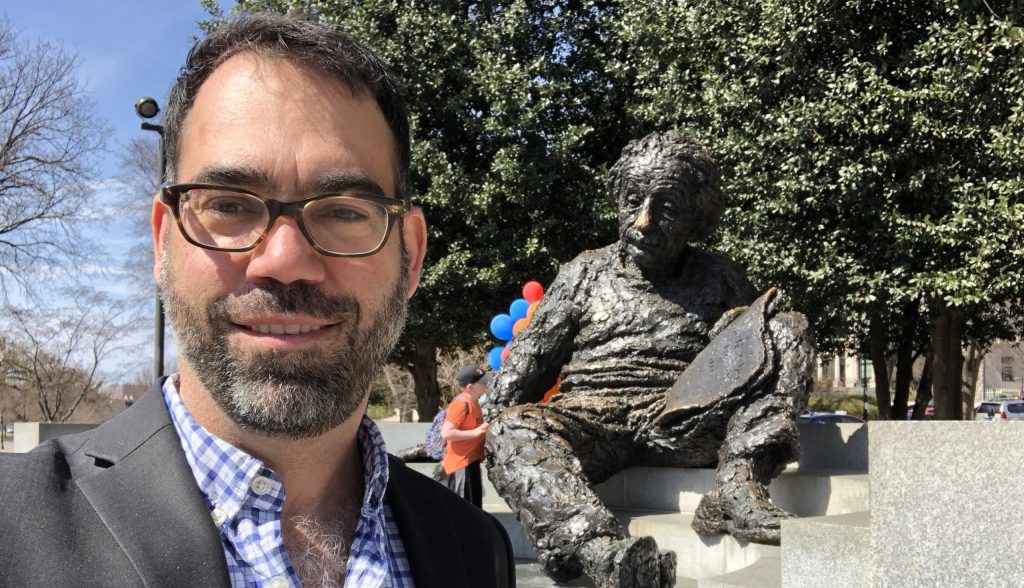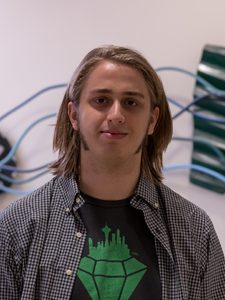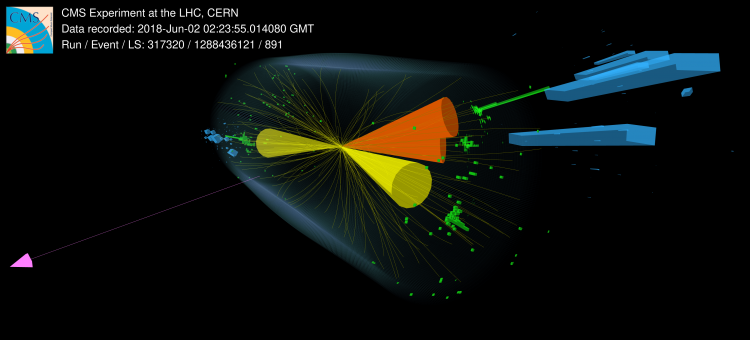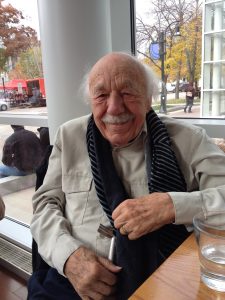This story was originally published by the Chicago Quantum Exchange
The Open Quantum Initiative (OQI), a working group of students, researchers, educators, and leaders across the Chicago Quantum Exchange (CQE), announced the launch of the OQI Undergraduate Fellowship as part of their effort to advocate for and contribute to the development of a diverse and inclusive quantum workforce.
The primary mission of the OQI is to champion the development of a more inclusive quantum community. Science, technology, engineering, and mathematics (STEM) fields remain overwhelmingly white and male—only about 20% of bachelor’s degrees in physics, engineering, and computer science go to women, a mere 6% of all STEM bachelor’s degrees are awarded to African American students, and 12% of all STEM bachelor’s degrees are awarded to Hispanic students. But as the field of quantum science is still relatively new compared to other STEM subjects, groups like the OQI see a chance to make the foundations of the field diverse and accessible to all from the start.
“In many respects, we are building a national workforce from the ground up,” says David Awschalom, the Liew Family Professor in Molecular Engineering and Physics at the University of Chicago, senior scientist at Argonne National Laboratory, director of the Chicago Quantum Exchange, and director of Q-NEXT, a Department of Energy quantum information science center led by Argonne. “There are incredible opportunities here to make the field of quantum engineering as inclusive and equitable as possible from the very beginning, creating a strong ecosystem for the future.”
At the heart of the OQI’s effort is a new fellowship starting in summer 2022. For 10 weeks, fellows will live and work at a CQE member or partner institution, completing a research project in quantum information science and engineering under the guidance of a mentor. Students will have numerous opportunities to interact with the other fellows in their cohort during the summer research period and throughout the following academic year.
Through this fellowship, the students can expand their understanding of quantum science, receive career guidance, and grow their professional networks with leaders in academia and industry. The OQI will also aim to provide future research experiences in subsequent summers, as well as provide opportunities to mentor future fellows, helping to build a larger, diverse quantum community over time.
With the support of CQE’s member and partner institutions, including the University of Chicago, Argonne, Fermilab, University of Illinois Urbana-Champaign, University of Wisconsin-Madison, Northwestern University, and The Ohio State University, along with the NSF Quantum Leap Challenge Institute for Hybrid Quantum Architectures and Networks (HQAN) and Q-NEXT, this fellowship helps to establish diversity, equity, and inclusion as priorities central to the development of the quantum ecosystem.
The OQI launched the fellowship alongside a workshop on September 22 and 23. The OQI workshop, titled “Building a Diverse Quantum Ecosystem,” brought together CQE students, researchers, and professionals from across different institutions, including industry, to discuss the prevailing issues and barriers in quantum information science as the field develops. Institutional changemakers also shared what they have learned from their own efforts to increase representation. A panel on education and workforce development at the upcoming Chicago Quantum Summit on Nov. 4 will continue the discussion on building inclusive onramps for the quantum information science field.
“For quantum science and engineering to achieve its full potential, it must be accessible to all,” says Kayla Lee, Academic Alliance Lead at IBM Quantum and keynote speaker of the OQI workshop. “The OQI Undergraduate Fellowship provides explicit support for historically marginalized communities, which is crucial to increasing quantum engagement in a way that creates a more diverse and equitable field.”
Applications for the OQI Undergraduate Fellowship are open now.
